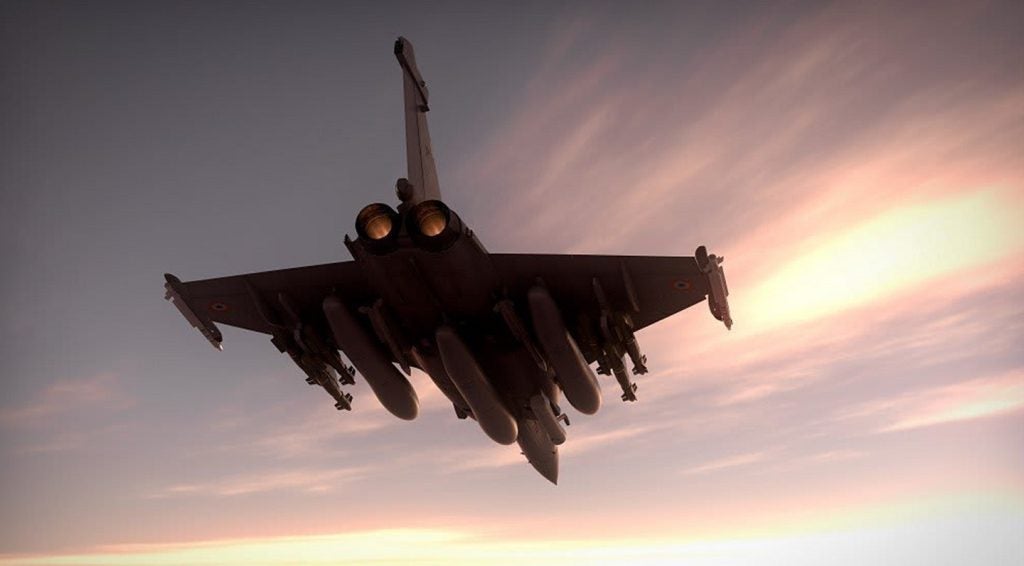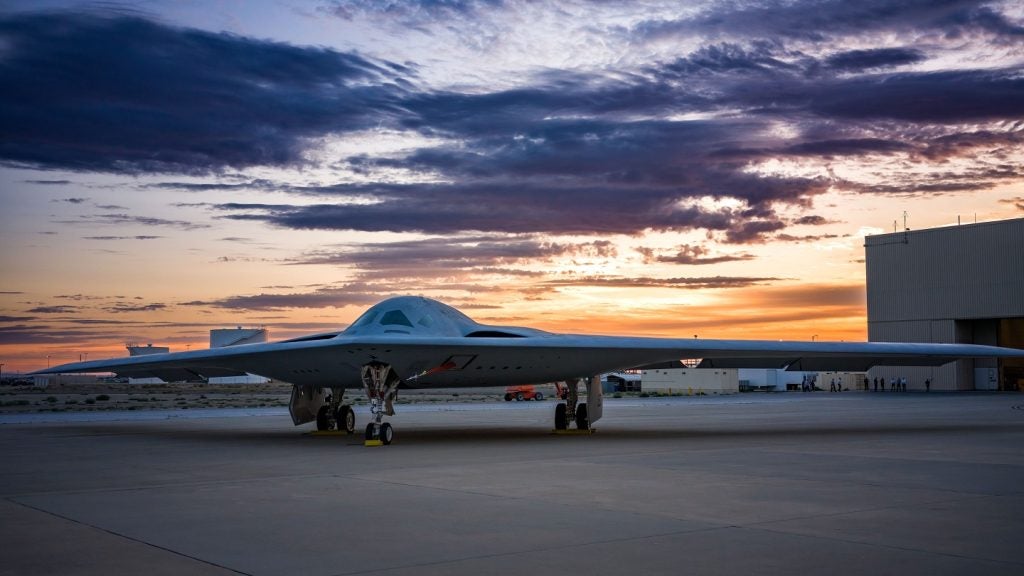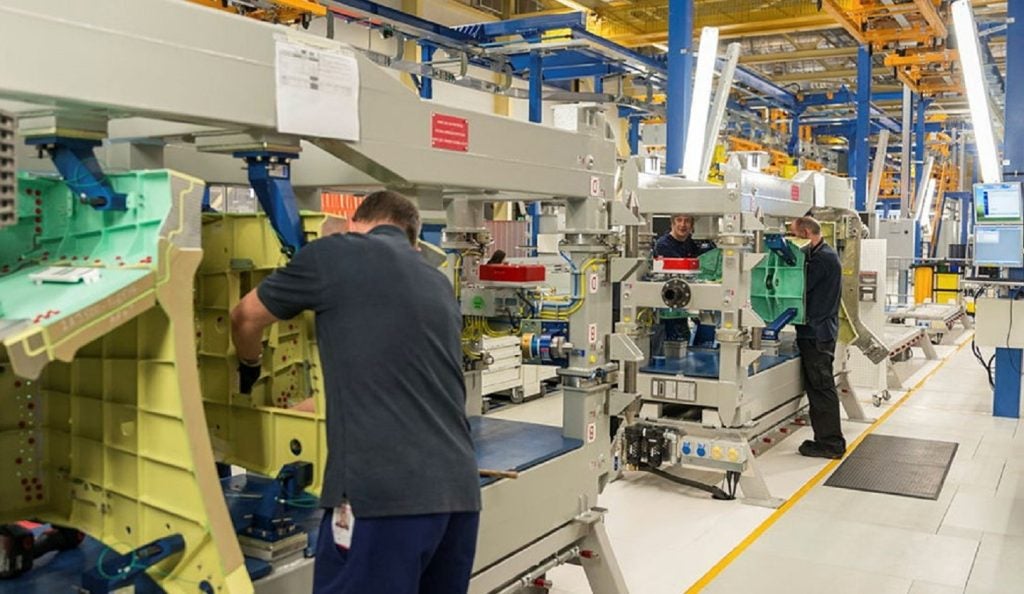Cutting-edge, military-grade air force communications provide an advantage on the battlefield, allowing different assets to coordinate with each other for mission success. Continuous and secure air force communications are critical to meeting the different mission requirements in modern battle spaces.
Military aircraft can be equipped with navigational equipment, radars, and sensors to procure intelligence data that is useful for decision making during combat scenarios.
Finding suppliers of air force communications and navigational equipment
Airforce Technology has listed the leading suppliers of communications, navigation, and identification systems, based on its experience in the sector.
The list includes suppliers of communication systems, navigational equipment, and intelligence, surveillance and reconnaissance (ISR) systems for air force platforms and assets.
The information available in the download is useful for aircraft manufacturers and operators, procurement officers, engineers, and individuals involved in the acquisition and maintenance of communications and navigational equipment, and ISR systems.
See Also:
The download contains a list of manufacturers and suppliers and their product and service offerings, alongside contact details.
Communications, navigation, and identification products for air defence
Communication systems and navigational products for air force applications include:
- Wireless intercoms, video, and telemetry links
- Link 16 technologies including wireless radios and tactical radios
- Software-defined radios
- Avionics communications and navigation systems
- Integrated ISR solutions
- Sensors and radars
- Electro-optical/infrared (EO/IR) sensors and synthetic aperture radars (SAR)
- Data acquisition and data storage solutions
- Navigational equipment
- Electronic warfare components and subsystems
- Information technology and ISR software
- High-frequency (HF) and very high-frequency (VHF) tactical communications
- Digital cameras
- Unmanned aerial vehicles (UAVs) for ISR applications
- Signals intelligence (SIGINT) systems
- Identification, friend or foe (IFF) solutions
Importance of aerial ISR
Mission commanders require real-time air force communications with accurate intelligence, surveillance, and reconnaissance information to locate and aim at the target.
Crewed and uncrewed military aircraft are equipped with sensors and ISR payloads to obtain enhanced situational awareness of the battlefield.
Advanced technologies such as artificial intelligence (AI), and manned-unmanned teaming concepts enhance the mission capabilities of the combined armed forces of a country and its allies on the battlefield.





